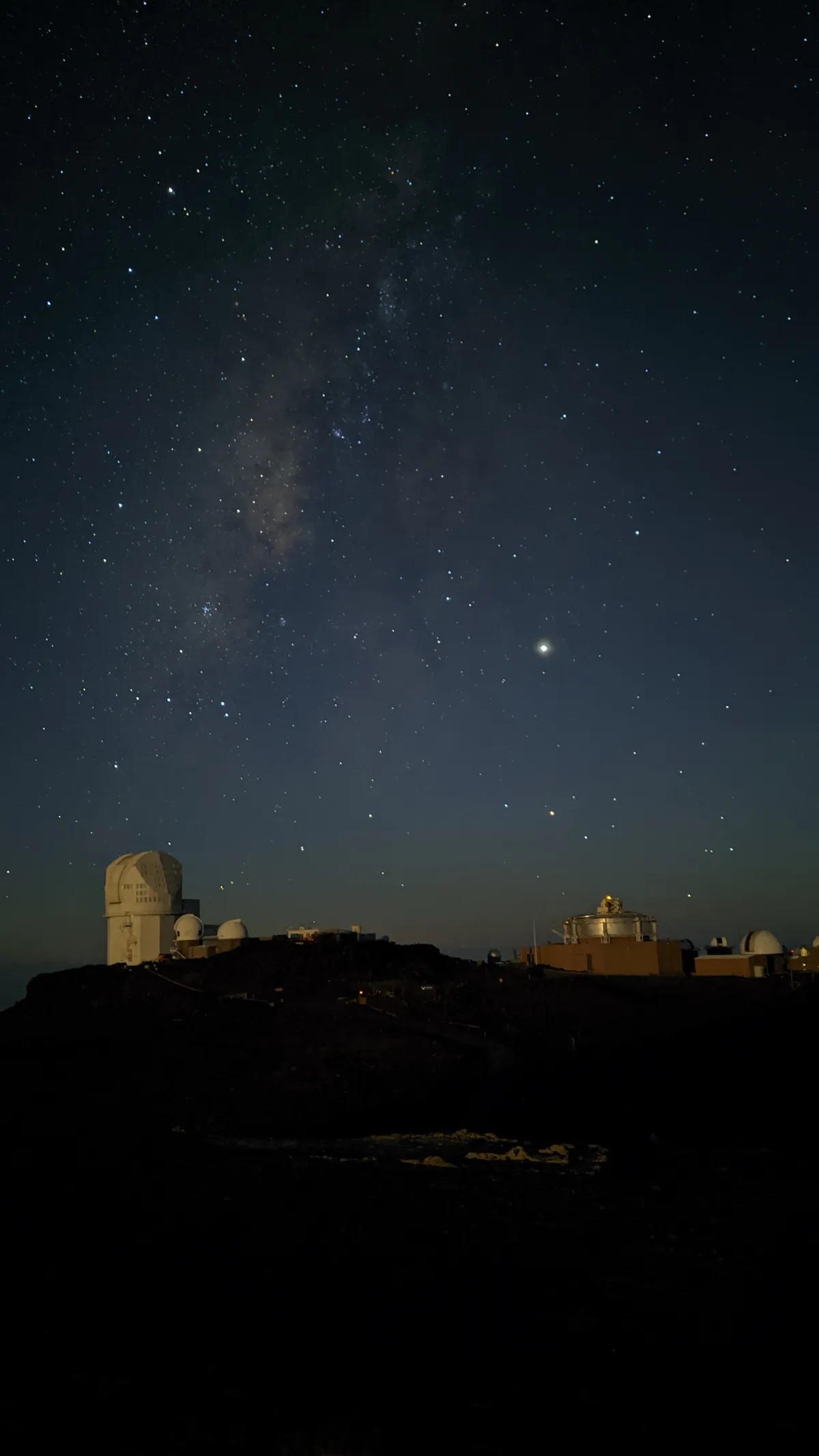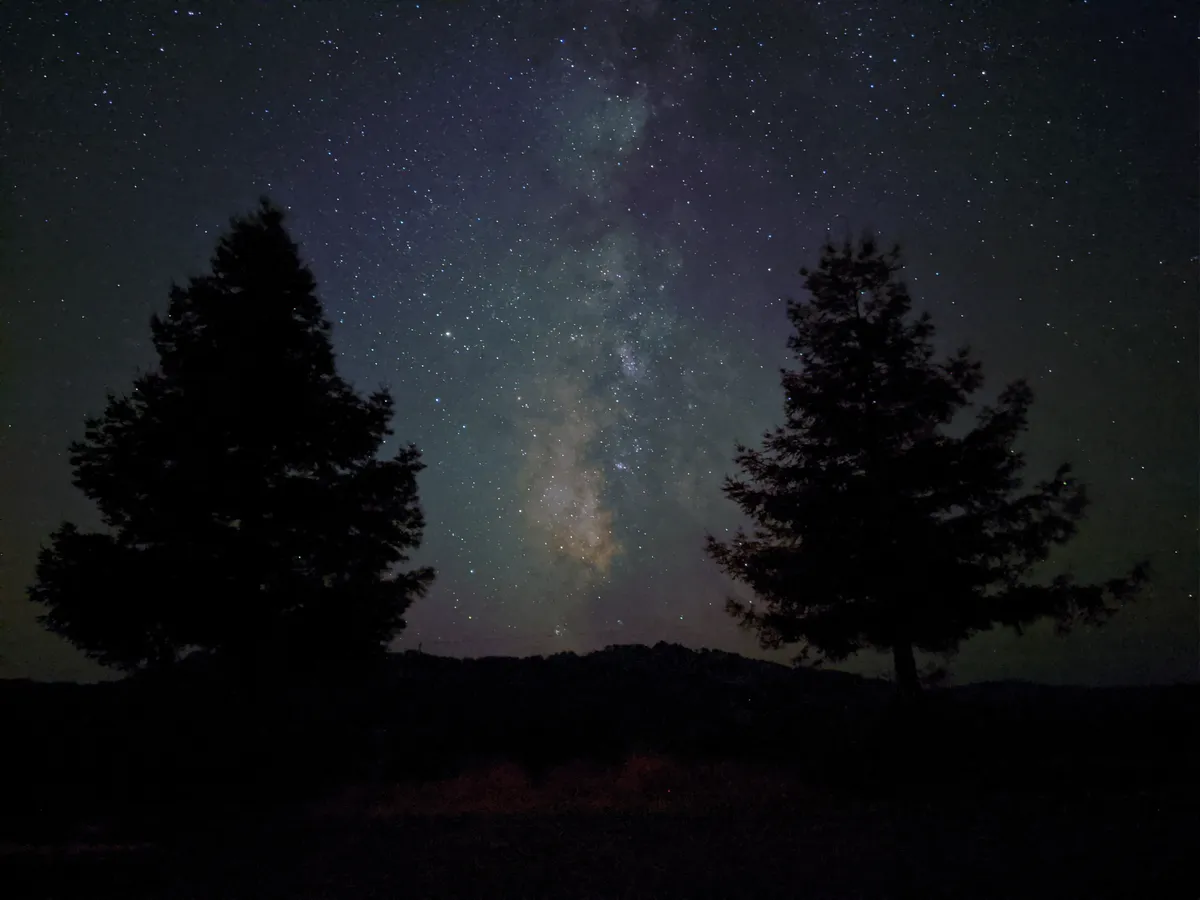Yesterday evening Londoners passing by The Shard may have noticed the lights in their city's iconic building switching off for an hour. This was the result of a collaboration between the Royal Observatory Greenwich and Google, the latter promoting their new Pixel 4 smartphone as an astrophotography tool.
The switch-off was to illustrate the light pollution that is experienced in big cities like the UK capital, and how it blots out people's view of the night sky.
Pixel 4 comes with an app called Night Sight that, Google says, enables users to "see into space and capture the Milky Way in just one tap".
Royal Observatory Greenwich astronomer Tom Kerss attended the event to talk about the cosmos and the history of astrophotography.
Kerss said: "With so many people living in urban areas it may seem like our connection to the night sky is lost, but even in the glow of London lights the brightest stars, planets and the Moon can still be seen with the naked eye.
"These days we take photos of everything and it’s incredible that we can now capture the stars using just the smartphone technology in our pockets."
Below is a gallery of some astrophotos captured on the new app
Capturing the night sky
The astronomers at the Royal Observatory Greenwich have released a series of tips to help astrophotography newcomers get the most out of imaging the night sky:
Light
The main factor in spoiling our view is usually direct light. Street lights, headlights and security lights are often shining into our eyes, preventing us from adapting. A stargazing site without direct light can be surprisingly good, even in a large and bright city like London.Your eyes take around 45 minutes to become fully dark adapted, so avoid looking into any bright light sources and focus your gaze upward.
Where to look
Several hundred of the sky’s brightest stars can be found, forming all of the most famous constellations. Looking toward the south, we see the zodiacal stars, where the planets and the Moon drift through the sky. On occasion, bright shooting stars will light up the sky – particularly during meteor showers. The reason we often miss them is that we simply aren’t looking at the right time!
What to look out for
Alongside the natural wonders of our galaxy, artificial satellites can be found sailing among the stars. The brightest of these is the ever impressive International Space Station (ISS) upon which a crew of astronauts is permanently stationed to investigate living and working in space. NASA’s ‘Spot the Station’ website will help you find out when and where to look.
We at BBC Sky at Night Magazine hope to be testing the Pixel 4's astrophotography capabilities soon, so watch this space!




